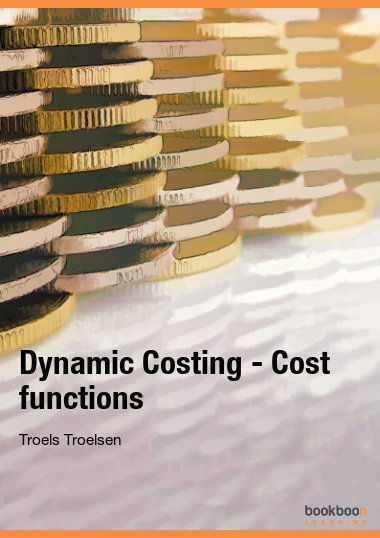The objective of operations management is to organize the production and sales/marketing efforts in the most appropriate way for the business.
The purpose of a business is to produce a series of goods or services (from this point on, these terms are considered the same and are referred to as goods). It is a deciding factor that this process is achieved as cheaply as possible.
- Private business products: A Harboe non alcoholic beer, a box of Legos, a newspaper, a car repair.
- Public business products: A full year’s work for a pupil in 7th grade, a hip operation, administration of fines.
The challenge and problem of costs can be described as:
1. Production of a good requires an effort or consumption of resources that in most cases have a price, i.e. a minimal consumption of resources, at the lowest possible price, is essential.
2. This consumption of resources is called costs
3. Producing a specific good at the lowest possible cost is often decisive for the long-term success of a business.
4. Therefore it is important to be able to establish costs in order to obtain the necessary management information, required for achieving lowest possible production costs.
5. Achieving as low costs as possible is a very holistic job, involving management, business culture, the right technology, the right internationalisation, the optimal size of production etc.
6. The cost of producing a good vary in terms of the relevant decisionmaking occasion, which is the content of a dynamic perspective.
A business can, among other things, be described as a string of contracts (nexus, nodes), which combined comprise the fundamental base, the production, and the liquidity access (sales or grants/appropriations).
Such contracts (to buy, sell, establish a production facility, hire staff etc.) are commonly agreed upon with contracting entities outside the group of owners and decision makers. It is therefore essential to understand a number of models which place the firm in the context of its environment.
Concerning the course of and decision-making situations in operations management, there are three central problem areas relating to a firm’s decision analysis, each of which is described in compendiums, paving the way for the possibility of a future book.
-The firm in context (available in English)
-Dynamic Costing, costs in a dynamic perspective
-Dynamic Pricing, pricing in a dynamic perspective
These fields will all be described based on known and solid operations management models and theories. An extension will though be directed towards structuring decision-making in terms of the decision-making circumstances and conditions relevant to the specific occasion.

